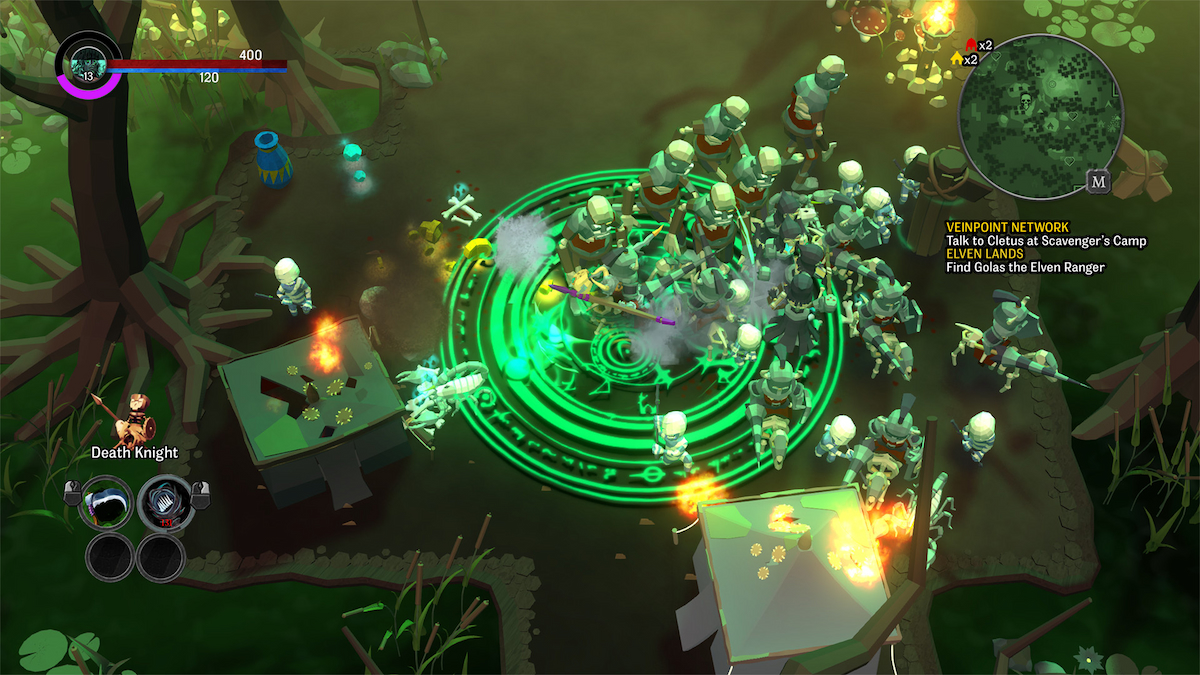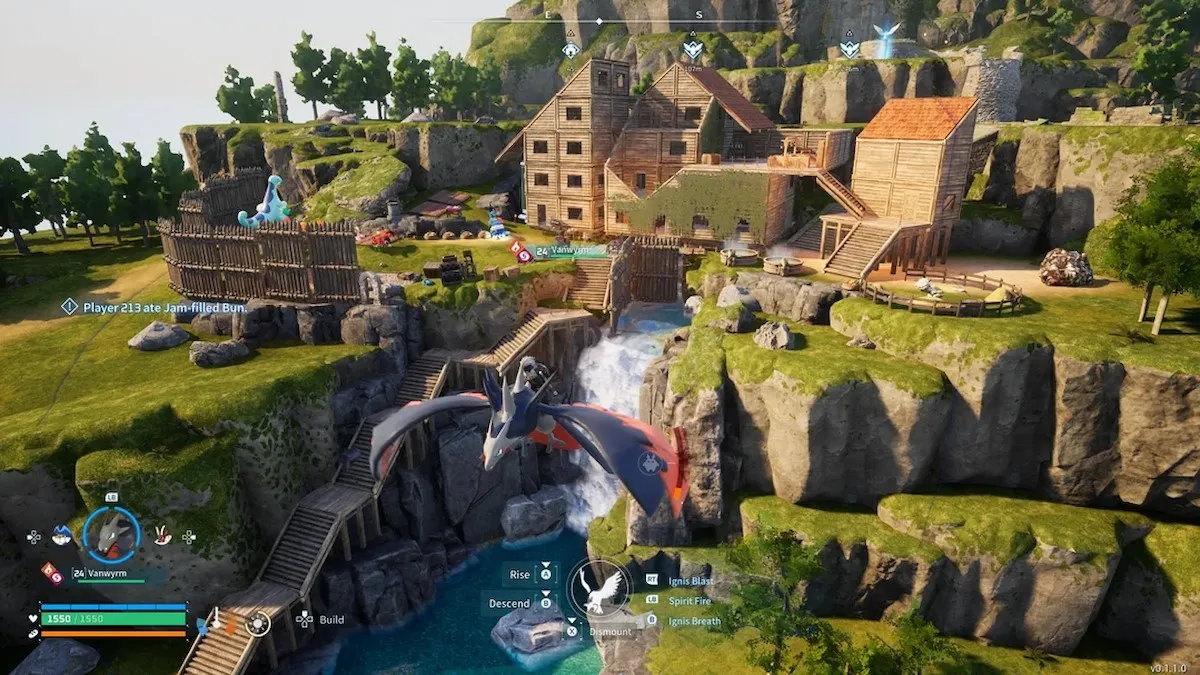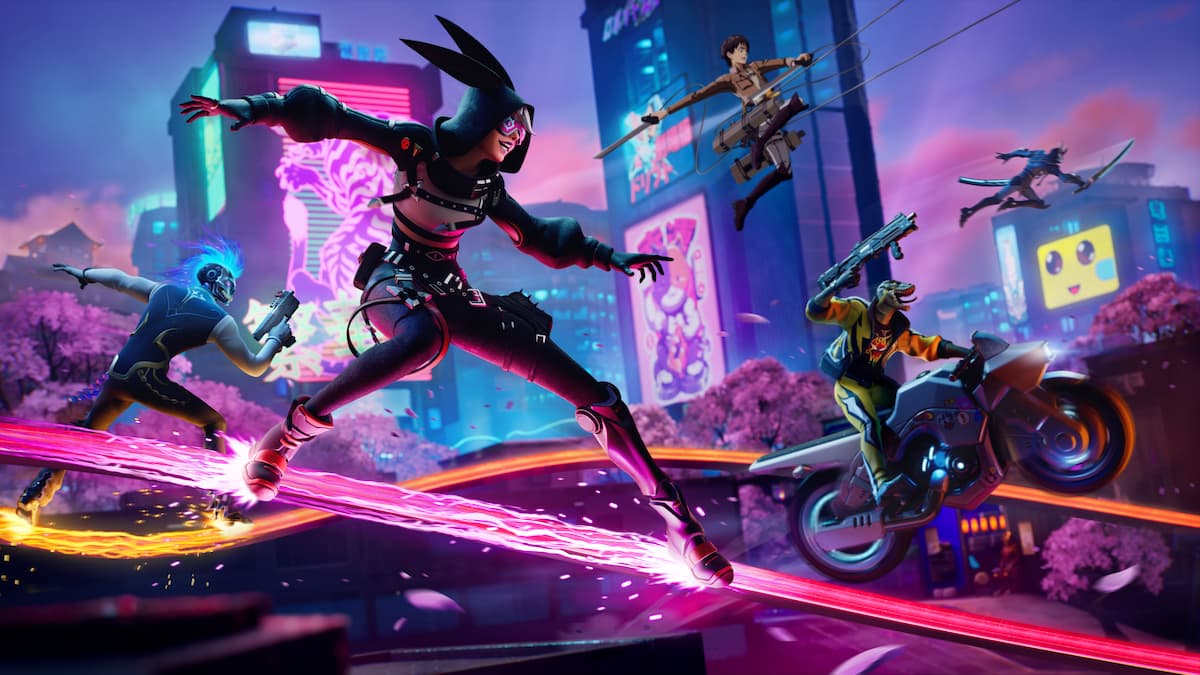Announced during the Nintendo Direct presentation on 18th June 2024, Super Mario Party Jamboree is the third installment of the Mario Party franchise specifically made for Nintendo Switch. With the tried-and-tested Mario Party boards back on the block but with gameplay favoring that of Superstars, I was interested to see if what was new was, in fact, new enough.

First of all, the boards. It was a pleasant surprise to see how vast the boards were compared to their Super Mario Party counterparts. While this gives a lot of replay value, a ten-turn round averaging out at around ninety minutes, I can see younger players or those more used to quick playthroughs getting bored or frustrated by the time it takes to get around the board even once. However, the tiny boards of Super Mario Party are a thing of the past. With new dice, board-specific items, and different ways to keep opponents from getting the sacred Stars before you do, there is a lot to discover if you have the time to dedicate to it. Players can even go all the way up to thirty turns if they want a longer game experience, and the ability to save offline games is always helpful.
The board’s ally component remains, but adding a Jamboree Buddy ally is certainly a fun twist to the system, one that could turn the tide for any player trailing at the back of the pack. They turn up on the board randomly and offer some form of assistance. Each character arrives with their own special Jamboree Buddy ability, which could make selecting your character at the beginning of the game a strategic draft pick. You wouldn’t want your favorite buddy out of commission because you are playing as them. But be aware there is a countdown to reach your ally, and they won’t be around forever!

On the topic of turning the tide of the game, the divisive element of Bonus Stars is still a feature, but one that can be fully turned off at the beginning of each board if wanted. The bonus is therefore more akin to Superstars than its predecessor. Those frustrated by coming first, only to lose to their friend who was the most unlucky throughout the game, will certainly snap up the chance to turn this feature off.
We start with four unlocked boards, with three more unlocked with gameplay. The board themes aren’t exactly new (water, forest, etc.), but it is always fun to see how Nintendo brings new life to the standard format. The ‘Roll ‘em Raceway’ board, a race-track-themed course with stationary Stars and board-exclusive ‘Turbo Dice’, was by far the most fun to play through. I have a feeling it will be a fan favorite if only for the Mario Kart aesthetic and the threat lurking in the tunnel waiting for you to make a wrong turn.

Twenty playable characters are invited (some of whom we haven’t seen since Super Mario Party), and two more can be unlocked. It is nice to see Pauline and Ninji added to the roster. The re-emergence of Pauline is a nice nostalgic callback for diehard Donkey Kong and Mario fans, and like Superstars, all characters play with the same dice. Some players were frustrated with the character-specific dice in previous games. Still, I think it added something extra to the rounds in terms of playing it safe or taking an extra risk, so for me, it does feel like a loss, but for those who like a cleaner, sometimes more even playing field, the change will be welcomed.
Now, let’s discuss controllers. As someone who plays primarily on a Switch Lite, there is always the risk of not having access to the same content as others. The Switch Lite was originally made for ease of portability, so it would be remiss of me in this review if I didn’t mention that while some of the 100+ minigames can be played without Joy-Con controllers, three of the brand-new map areas cannot be accessed without them. I appreciate the option of being able to play the main game boards and a large number of minigames without controllers, unlike Super Mario Party, but it is a shame and should definitely be noted for Switch Lite users that some new content will be unplayable unless you make sure to have those controllers to hand.

This new content, Paratroopa Flight School, Toad’s Item Factory, and Rhythm Kitchen (which works on the same mechanics as Sound Stage from Super Mario Party), are fun solo games I could see myself getting lost in alone. I hope those purchasing on a Switch Lite already have the controllers ready to go.

New Bowser challenges, which can be played online or locally (although all players will need their own Switch), mirrors that of previous Mario Party game modes, with the added arrival of Imposter Bowser. These games are chaotic and fun, but apart from Bowser Kaboom Squad, they don’t feel like anything we haven’t seen before. For example, the Coinathlon from Mario Party: Star Rush appears in Jamboree as the Koopathlon with just a few changes to the initial gameplay.
Solo players, however, may enjoy a leisurely stroll around Goomba Lagoon in Party-Planner Trek mode, which sees your character help NPCs by competing in minigames to earn Mini Stars. With the collection of decorations for the Party Plaza and completing goals, this mode is a cozier side of the Mario Party madness.

Overall, Super Mario Party Jamboree has a lot to offer in terms of new ideas and replacing those disliked in the previous Mario Party game with updated sharp graphics. Nintendo appears to have taken on board what fans liked from Superstars and merged the gameplay for those who like an even playing field, while still finding new and creative ways to engage its players and keep them busy. There is certainly still a lot to discover!
- Updated graphics
- Fun solo modes
- Larger game boards
- Need for Joy-Con controllers for some content
- Some elements feel like a reskin













Updated: Oct 16, 2024 11:40 am